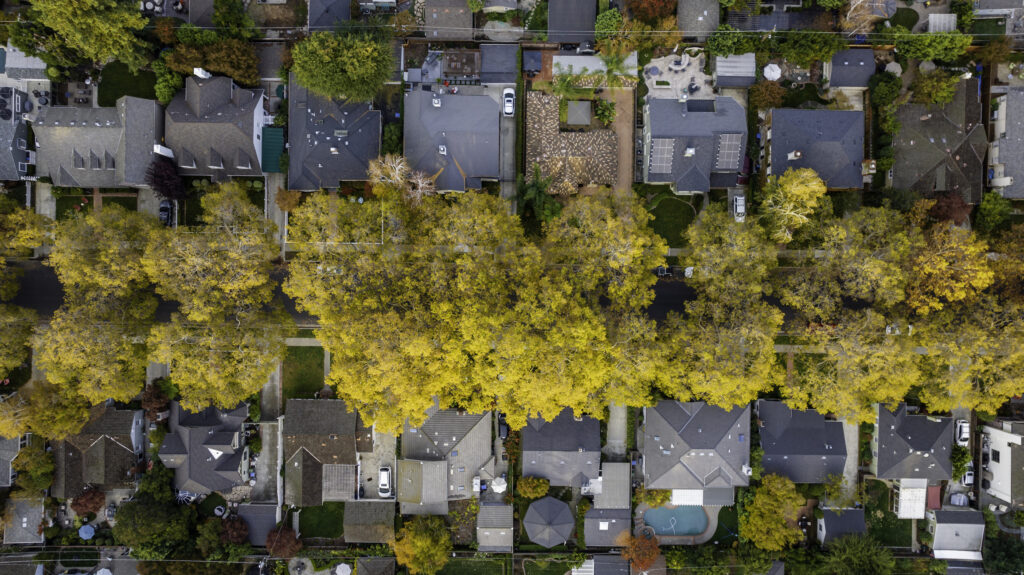
Equitable Redevelopment of Public Green Spaces
The City of Los Angeles embarked on the LA River Revitalization Master Plan in 2007, transforming the Los Angeles River into a vibrant and accessible space. The 100 Acre Partnership, a collaboration between the City, California Department of Parks and Recreation, and the Mountains Recreation and Conservation Authority, focuses on... Read more

Alternative Transportation for Climate Action
The City of Hayward, California, is actively addressing the impacts of climate change, which disproportionately affect its vulnerable populations, such as low-income, the elderly, children, and communities of color. The city, surrounded by the San Francisco Bay and fire-prone hills, faces challenges such as rising sea levels and increased wildfire... Read more

Funding Infrastructure for a Sustainable Future
Los Angeles County strives to create a sustainable community for its nearly 10 million residents. To achieve this goal, the Chief Sustainability Office (CSO) and the Department of Public Works have formed the Environmental, Sustainability, & Resilience Committee of Infrastructure LA. This committee aims to align individual infrastructure projects with... Read more

Project Portfolio Management for Justice System Transformation
Los Angeles County has launched a new agency called the Justice, Care and Opportunities Department (JCOD) to transform the county's justice system and reduce its reliance on incarceration. The department aims to improve outcomes for individuals and their communities affected by the justice system by breaking down silos between the... Read more

Expanding Access to Substance Use Disorder Treatment and Care
Approximately one in four people will experience a substance use disorder (SUD) in their lifetime, including 2.5 million Los Angeles County residents. Unfortunately, 95% of those who need specialty SUD treatment do not receive it, and Black and Hispanic individuals seeking SUD treatment are less likely to receive it than... Read more

Engaging the Community in Building Resilience
San Leandro is a small city in the San Francisco Bay Area with a population that is predominantly people of color and foreign-born. The city is vulnerable to climate change impacts, and to address this, it has implemented a Tree Master Plan and is developing a resilience hub network. The... Read more

Supporting LA County’s Transformation into an Actively Anti-Racist Institution
The pandemic highlighted systemic racism in Los Angeles County, particularly in communities of color. The government has committed to not just recovering from COVID-19 but also transforming the system entirely. The Board of Supervisors has declared racism a public health emergency and established an Anti-Racism, Diversity, and Equity (ARDI) Initiative... Read more

Advancing Digital Inclusion Across Los Angeles
The Los Angeles Public Library system operates 73 locations, serving over 4 million people who speak more than 220 languages. The library provides internet connectivity and various programs to help residents access computer and internet resources. As a front line for residents to access other services, the library is leading... Read more

Building Funding Solution Strategies for Climate Resilience
The City of San José is working on "Climate Smart San José", nine climate strategies to mitigate the effects of climate change on its residents, such as extreme heat, weather, drought, and sea level rise. However, funding for these projects can be challenging to secure. San José is partnering with... Read more

Ensuring Equitable Broadband and Community Connectivity
The City of Los Angeles is addressing the issue of the digital divide and lack of high-speed internet access, particularly in low-income communities and among people of color. It is leveraging federal grant funds to build fiber conduits and install "dark" fiber, making it easier for internet service providers to... Read more
